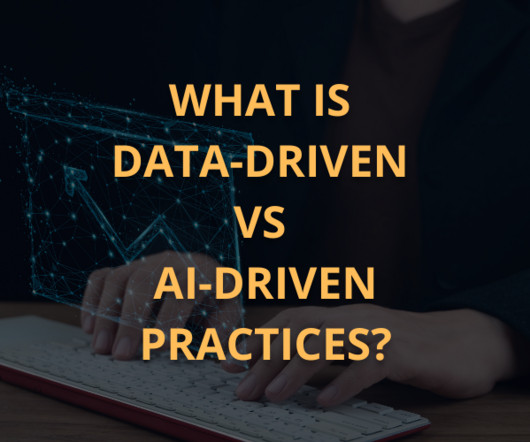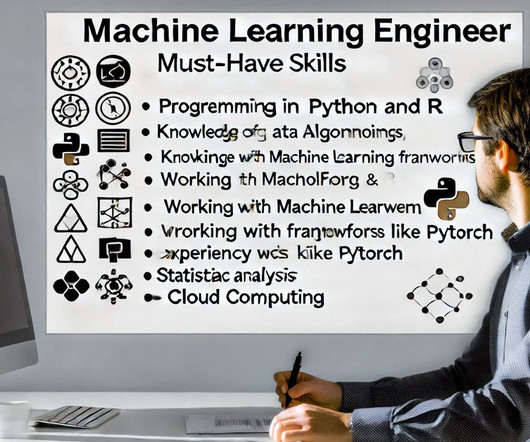What is Data-driven vs AI-driven Practices?
Pickl AI
JANUARY 12, 2025
To confirm seamless integration, you can use tools like Apache Hadoop, Microsoft Power BI, or Snowflake to process structured data and Elasticsearch or AWS for unstructured data. Develop Hybrid Models Combine traditional analytical methods with modern algorithms such as decision trees, neural networks, and support vector machines.













Let's personalize your content